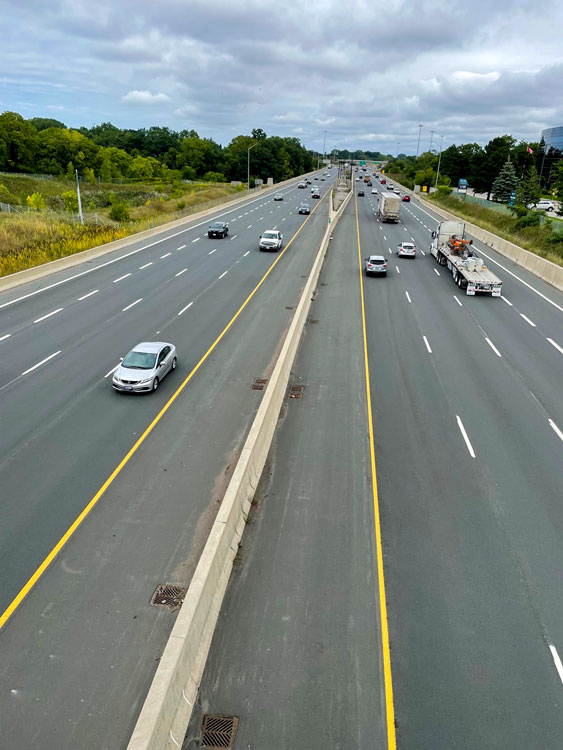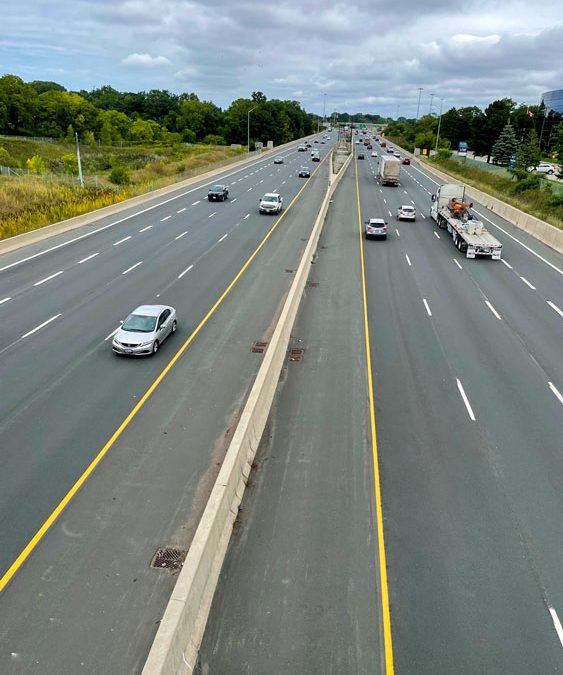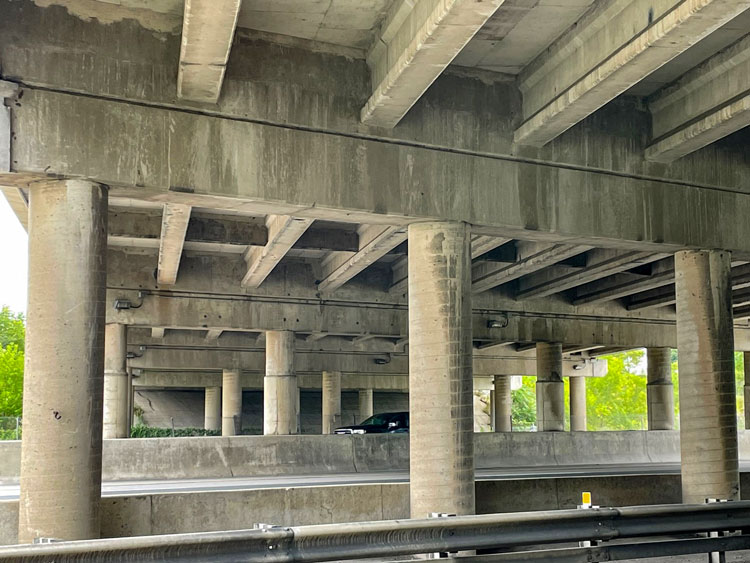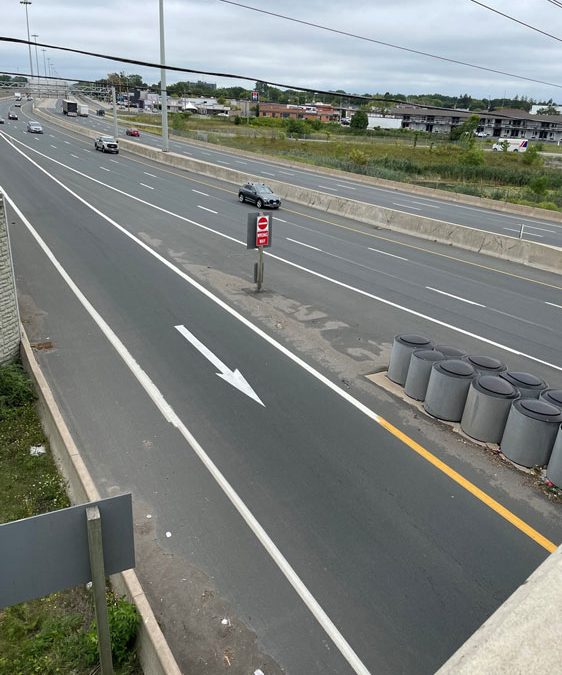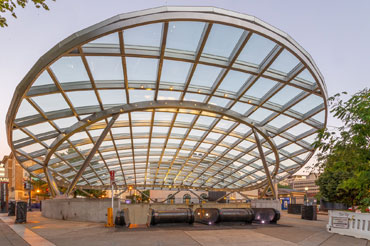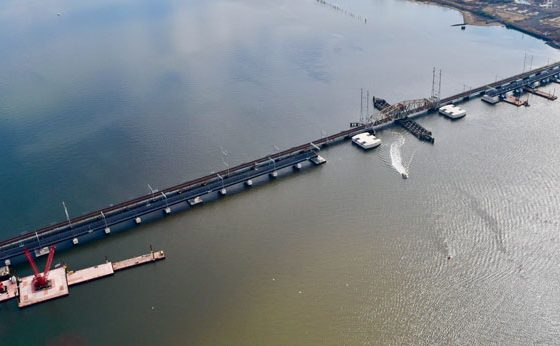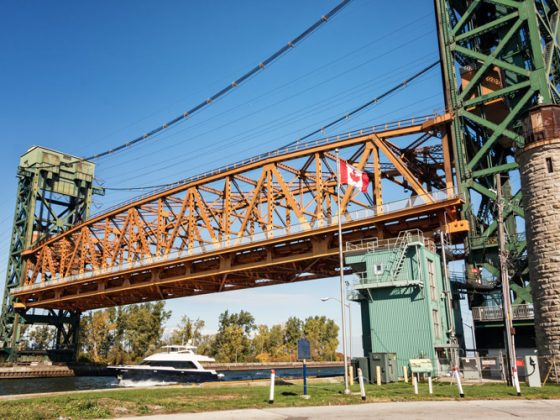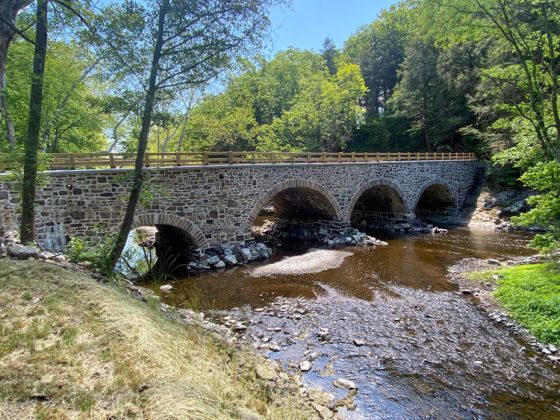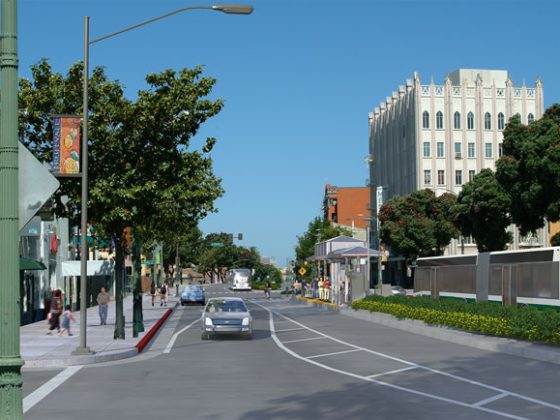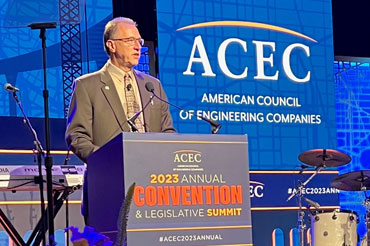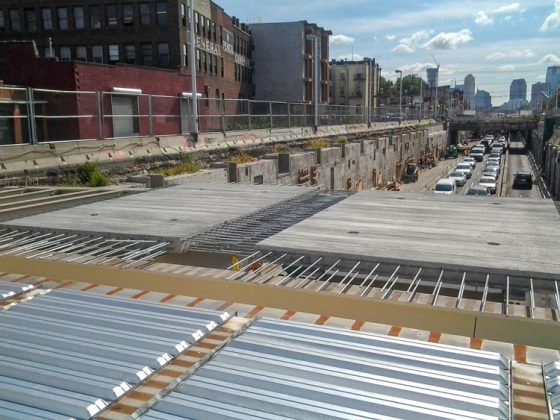Queen Elizabeth Way (QEW) Highway Rehabilitation
Our Client’s Challenge
Queen Elizabeth Way (QEW) is a 400-series highway in Ontario linking Toronto with the regional municipalities of Niagara and Buffalo, New York. Also known as Ontario Highway 406, the QEW begins at the Peace Bridge in Fort Erie. It travels 140 kilometers around the western end of Lake Ontario, past Highway 405 in Niagara-on-the-Lake and ends at Highway 427 in Toronto.
The QEW is one of Ontario’s busiest highways, with an average of 200,000 vehicles per day within certain sections. It is the only highway link between Toronto and the Niagara region and experiences a flood of tourist traffic during the summer months.
High traffic volume and Canada’s harsh winters wear down the highway’s pavement, necessitating the Ministry of Transportation Ontario (MTO) to prepare highway design planning for repair and resurfacing to improve safety and extend the highway’s service life throughout some of Ontario’s most populated communities.
Our Solution
MTO retained Gannett Fleming to provide detailed design and contract preparation services for rehabilitating approximately 7 kilometers of the QEW from Seventh Street to Niagara Street through downtown St. Catharines, Ontario, going over the Henley Bridge and connecting with King’s Highway 406 that leads to Highway 58, the Welland Canal, and the QEW Glendale Avenue York Road Diverging Diamond Interchange.
Our work also includes rehabilitating:
- Interchange ramps.
- Crossing roads.
- Adjacent service roads that are owned and maintained by the Ministry.
The project’s goals are to eliminate driving surface deficiencies, improve safety, and increase overall ride quality through the critical highway corridor while alleviating construction traffic congestion. Our specific tasks include:
- QEW highway interchange design planning.
- High-speed highway staging and traffic analytics.
- Electrical upgrades at traffic signals, counting stations, and replacing existing high-mast lighting support cables across the highway.
- Visual structural assessment of all bridges through the corridor.
- Active transportation review through grade-separated interchange areas.
- Stormwater management assessment and design.
- Environmental fieldwork and reporting.
- Geotechnical fieldwork, lab work, and design for composite and flexible pavement rehabilitation.
- Topographic survey of the project corridor.
Project challenges include the highway’s heavy traffic volumes, especially during the summer tourist season, around Niagara Falls and Niagara on the Lake. Annual average daily traffic analysis shows spring as the best season for longer-term lane closures needed for the composite concrete slab repairs due to salt corrosion from Canada’s harsh winters.
Key Features
- Rehabilitated QEW.
- Rehabilitated interchange ramps and crossing roads.
- Composite pavement rehabilitation design involving full-depth concrete base repairs.
- Upgraded traffic signals, counting stations, and lighting.
Awards & Recognition
- Awards. This web part is hidden.
Outcomes
- Smoother driving surfaces.
- Improved safety and increased overall ride quality.
- Increased service life for the existing pavement structure.
- Reduced future maintenance work and costs on QEW.
For all media inquiries, please contact mto.media@ontario.ca.
CLIENT
Ministry of Transportation Ontario
LOCATION
Ontario, Canada
ROLE
Design and Contract Preparation Services
Related Projects

MassDOT Variable Message Sign Replacement and Upgrade
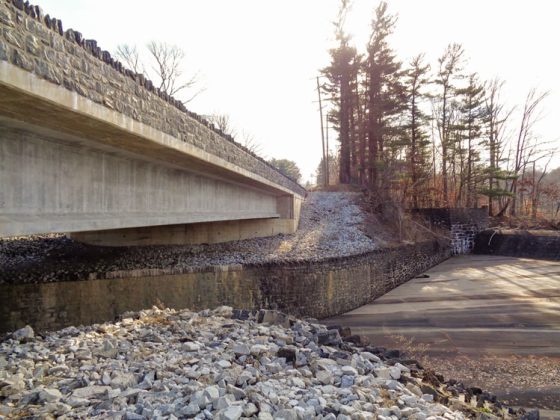
Route 252 Springton Reservoir Dam Spillway Bridge Improvements
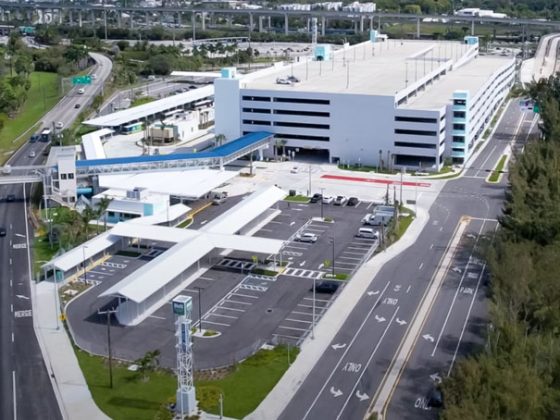
Golden Glades Multimodal Transportation Facility
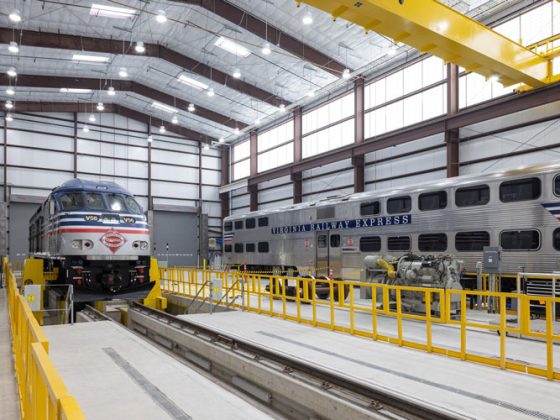
Virginia Railway Express Lifecycle Overhaul and Upgrade Facility
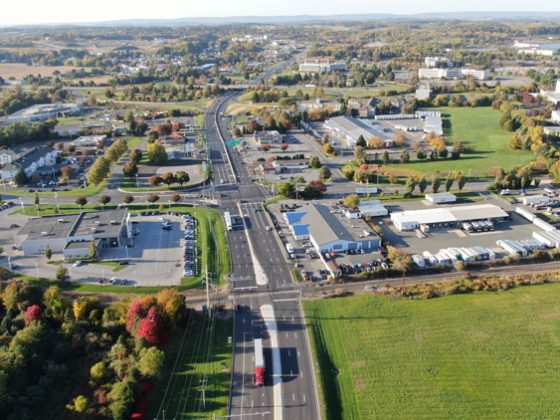
Lehigh Valley SR 0100 Roadway Reconstruction

Pittsburgh Regional Transit South Hills Village Rail Center Design
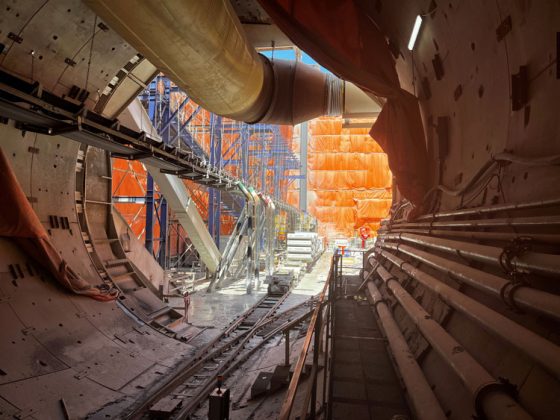
Scarborough Subway Extension & Yonge North Subway Extension Projects
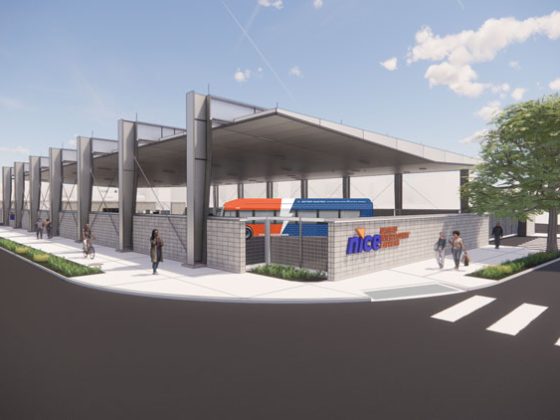
Nassau Inter-County Express Battery Electric Bus Charging
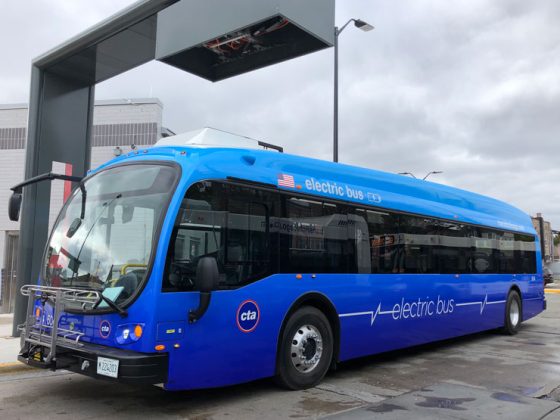
Zero-Emission Fleet Planning for the Chicago Transit Authority (CTA)
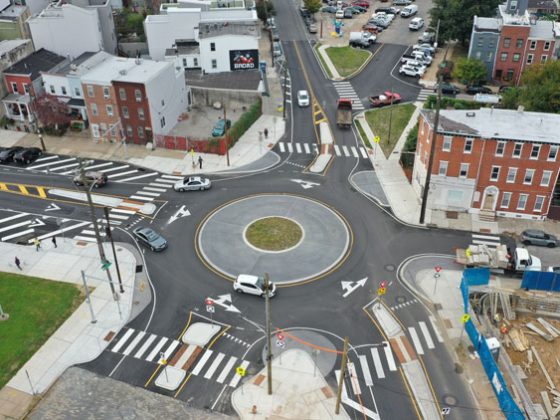
Fishtown Roundabout Construction and Intersection Safety Improvements
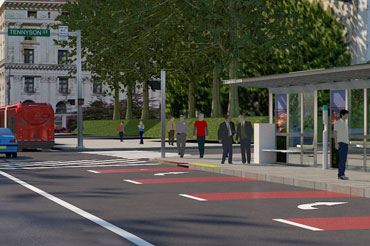
Final Design for Pittsburgh Regional Transit BRT

Bay Area Rapid Transit Transbay Tube Seismic Retrofit

Oklahoma Road Usage Charge Pilot Program

